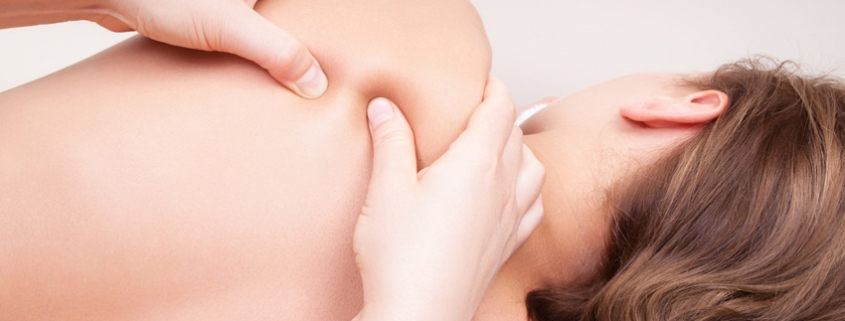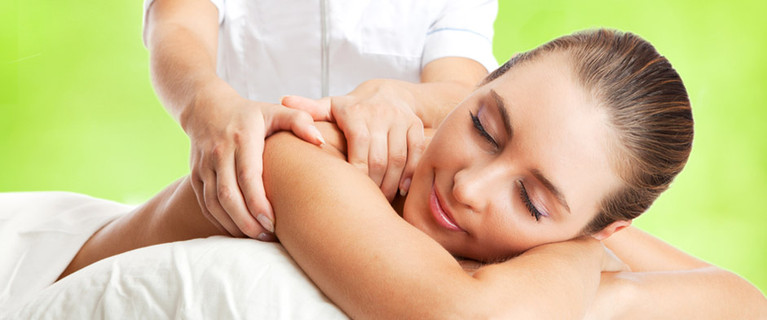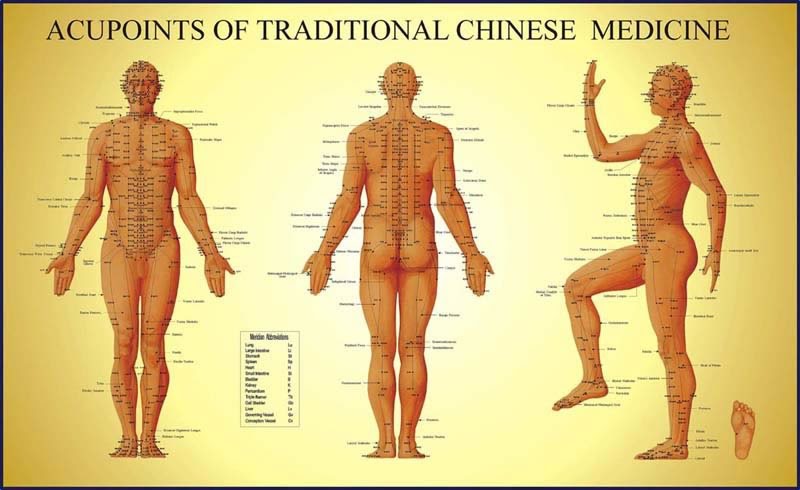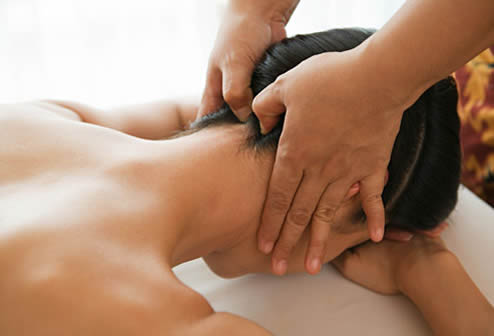3 Things Your Massage Therapist Wants You To Know
There’s nothing worse than leaving the spa feeling unrelaxed or still tight in muscles. Even though we are trained to help your body, however massage therapists can’t read your mind, The best way is to tell us your preference of therapists, pressure, or massage types when you book your appointment. This will help ensure you’re matched with someone who will be able to best work with your needs—for example, relaxation vs. deep tissue injury work. Here are 3 things every caring massage therapist would want you to know before you come in to get a massage.
1) Speak Up
As a massage therapist, we try our best to understand your needs and your preference of massage. Either the room temperature or massage pressure, so please Speak Up! We love to hear you asking us to do “more of this” or “less of that,” and it will be great opportunity for us to understand you so that we can plan your long-term treatment plan. During the massage, please don’t be afraid to tell us if something we are doing is uncomfortable, the pressure is not right, or if you have a question about a particular treatment. We will give you a form to fil to try to undertand you better at the start of session and we plan to work on your sore or tight area more but please Be sure to ask us to spend more time on a certain area if that is what you want—at the end of the session is too late, and this is your massage!
2) We Don’t Judge
As a health services provider, we care only for you, without any kind of prejudices. All of our treatment is focused on making sure you feel good and relaxed. not only about yourself, but about your own skin and bones, and improving your body so you can live a fuller and relaxed life after meeting with us. Sometimes, the society that often judges people based on their size. I promise you that I am not passing judgement on your lifestyle or what you look like. I am just happy that you are taking time to do something good for yourself no matter what size you happen to be. Massage can actually be a great tool to help people reach and maintain a healthy weight, and it makes me sad to think of how many people don’t utilize it out of fear of judgement. Whether you feel that you are too big, or too small, never let your size be what keeps you from getting a massage.
3) It Is Perfectly Fine To Just Let Go And Snore a little
I feel most satisfied when I hear my clients have deep sighs or breathing or falling sleep and snore. That way I know that you are getting relaxed and already let go. I am most certain that after the massage session you will feel rejuvenated and recharged. I take it as a compliment that my place is comfortable enough, and my treatment skilled enough that you feel comfortable to drift off. It takes much more than a little snoring to offend a trained professional and you obviously need the rest anyway. Might as well catch a few sleeps on the table and wake up feeling refreshed. When you fall asleep, your nervous system still regulates, your muscle tissue and ligaments still soften, release, and let go. The manipulation of joints still creates more space, and the lymphatic and circulatory systems are still stimulated. When you awake, you may have no memory of massage. We assure you that all the glorious benefits are still reaped by physical, emotional, and mental states. With the right therapist and treatment you should wake up feeling refreshed like someone has pressed the reset button. Give yourself permission to let go and drift off. We gently wake you up when the treatment is over. At the same time, we will be here, taking care of the rest of you.
In Need For A Massage? Here’s a $25 Massage Voucher!
We would love to welcome you at our Bundaberg Massage Clinic! To help you get started, we’d love to send you a $25 Massage Voucher that you can use for any of our treatments and massage packages. Click here to claim yours now!

 Holistic Therapies Bundaberg
Holistic Therapies Bundaberg


